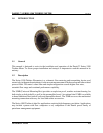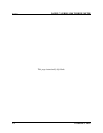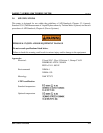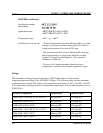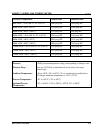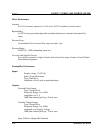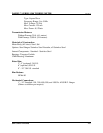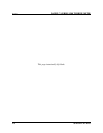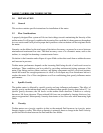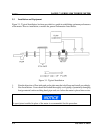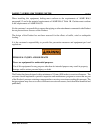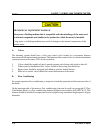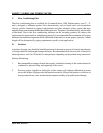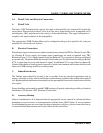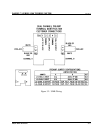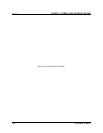
DANIEL™ SERIES 1500 TURBINE METER OCT 2013
INSTALLATION 3-1
3.0 INSTALLATION
3.1 General
This section contains specific instructions for installation of the meter.
3.2 Flow Considerations
A properly designed flow system will do two basic things towards maintaining the linearity of the
turbine meter. It will properly condition the incoming flow such that it is homogeneous throughout
its cross section and it will provide proper back pressure so that cavitation will not originate inside
the meter.
Linearity can be defined as the total range of deviation of accuracy, expressed as a curve, between
minimum and maximum flow rates. The ideal accuracy curve of a volumetric meter, such as the
turbine, is a straight line denoting a constant meter factor.
Cavitation is the formation and collapse of vapor-filled cavities that result from a sudden decrease
and increase in pressure.
Turbine meter performance depends on the incoming fluid being devoid of swirls and excessive
turbulence. These conditions can be avoided by providing unobstructed piping upstream of the
meter. Pipe fittings such as elbows and tees, and piping components such as valves and strainers
should be located far enough upstream as to allow as to dissipate any flow disturbance before it
reaches the meter. Use of flow straighteners or a flow conditioning plate greatly influences meter
performance.
A. Specific Gravity
The turbine meter is affected by specific gravity and may influence performance. The effect of
specific gravity on the turbine meter may be evidenced when specific gravity drops below 0.7. As
specific gravity decreases, the lift forces on the turbine blade decreases. Likewise as velocity
decreases, lift forces decrease. These reduced lift forces are overtaken by bearing friction as low
rates are approached. Subsequently, linearity deteriorates at low flow rates while measuring light
fluids.
B. Viscosity
Turbine meters are viscosity sensitive in that as the metered fluid increases in viscosity, meter
linearity begins to suffer. This effect on linearity is primarily due to a change in the fluid's velocity
profile and skin friction between the fluid and the rotor blades.



